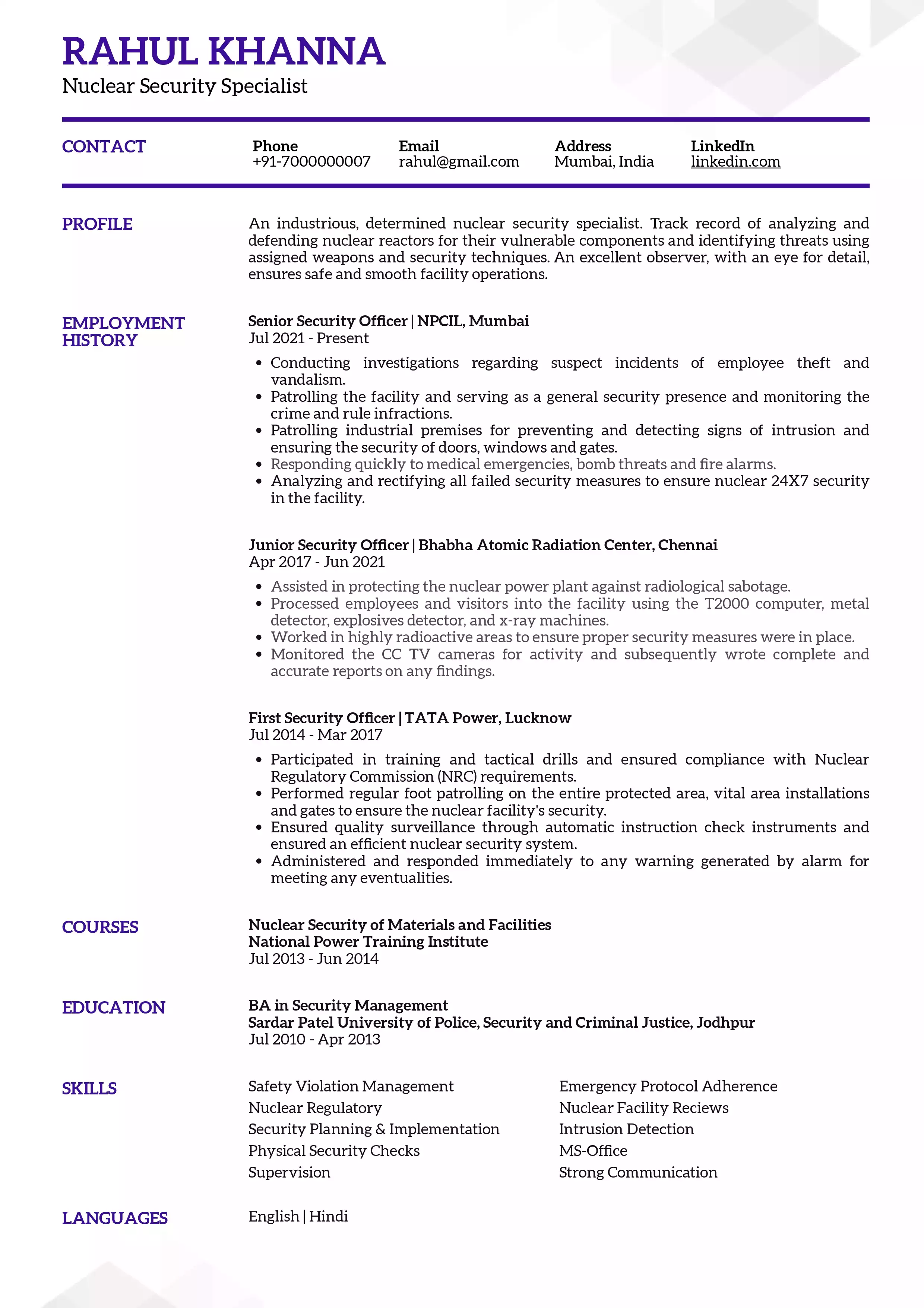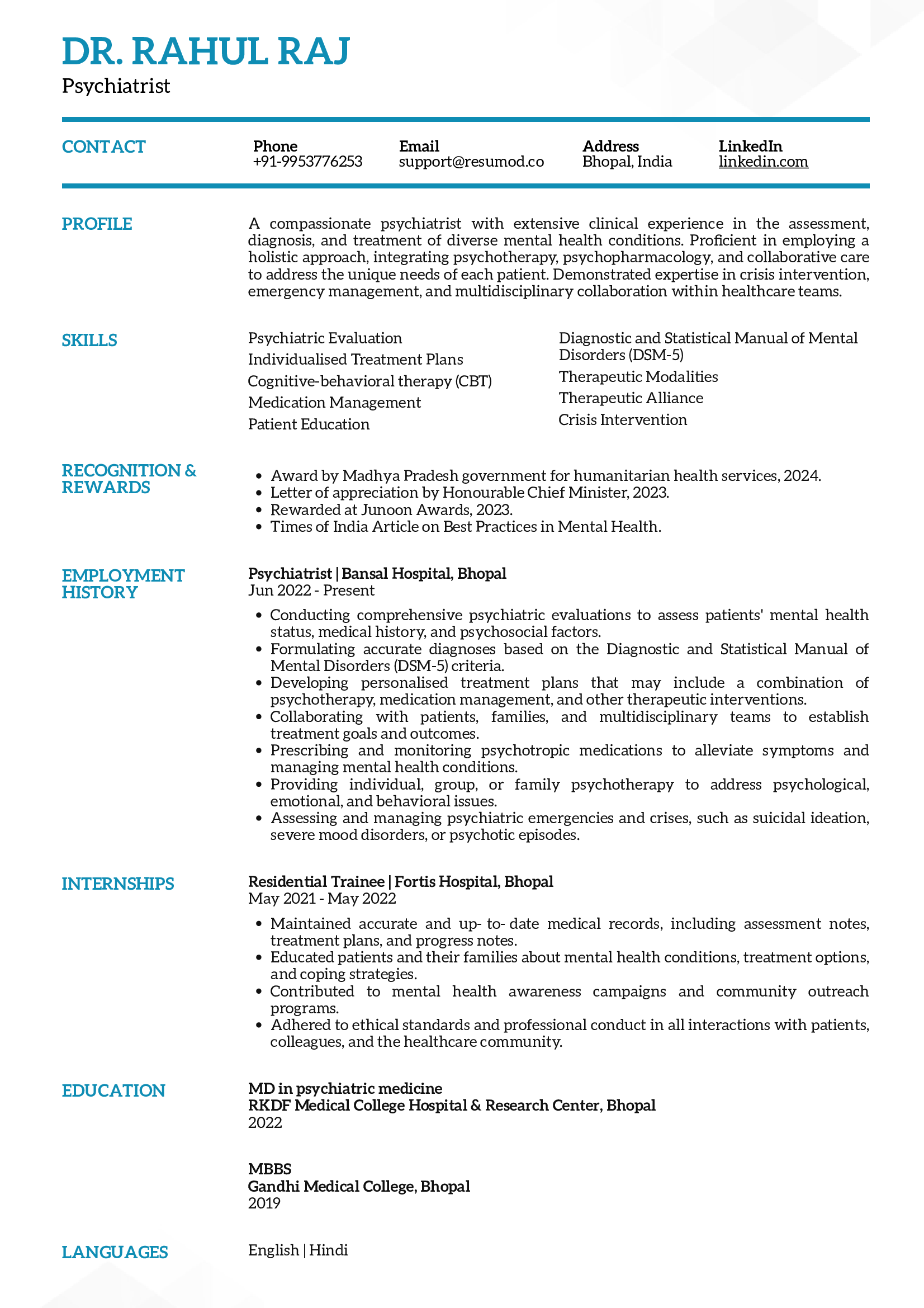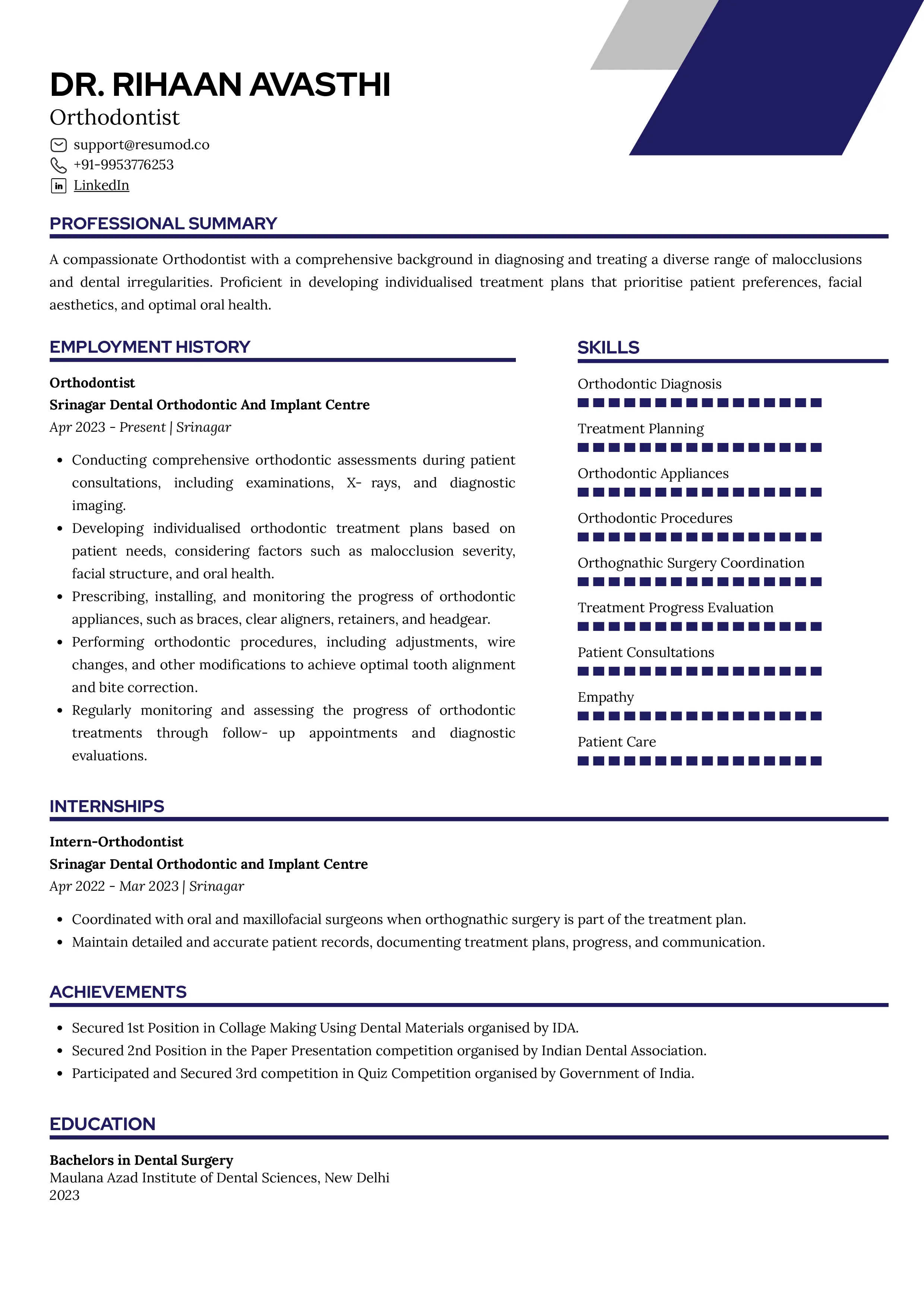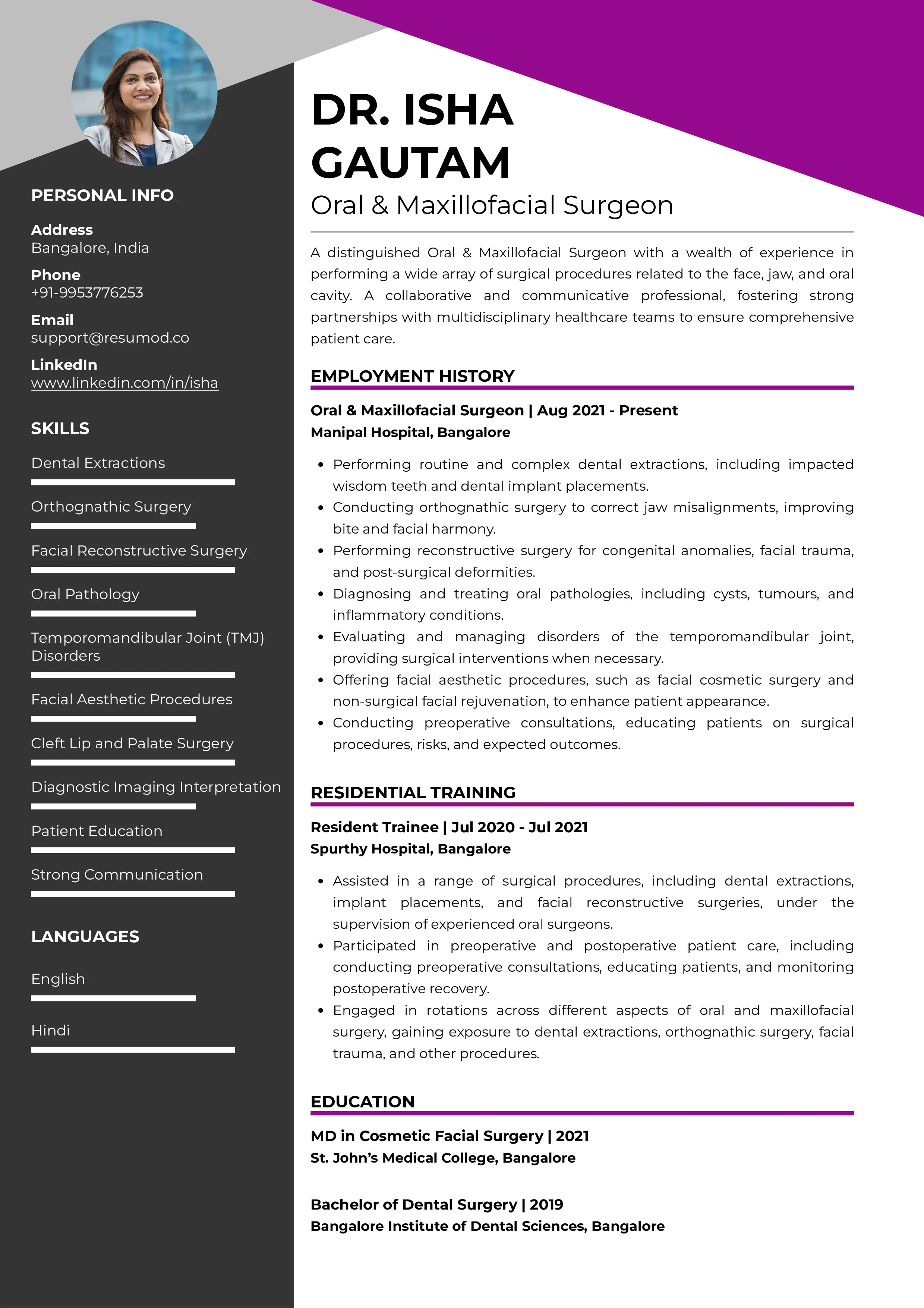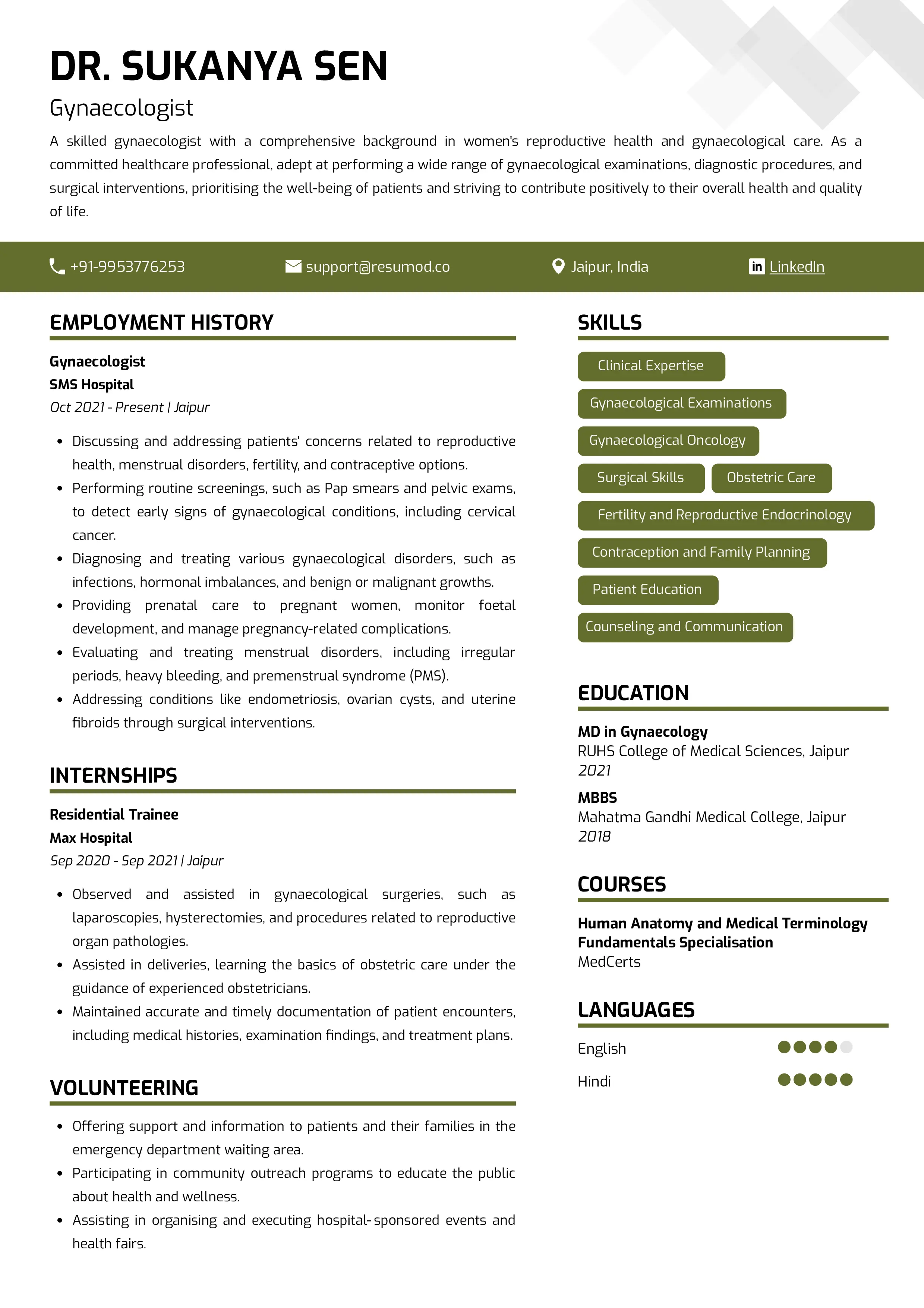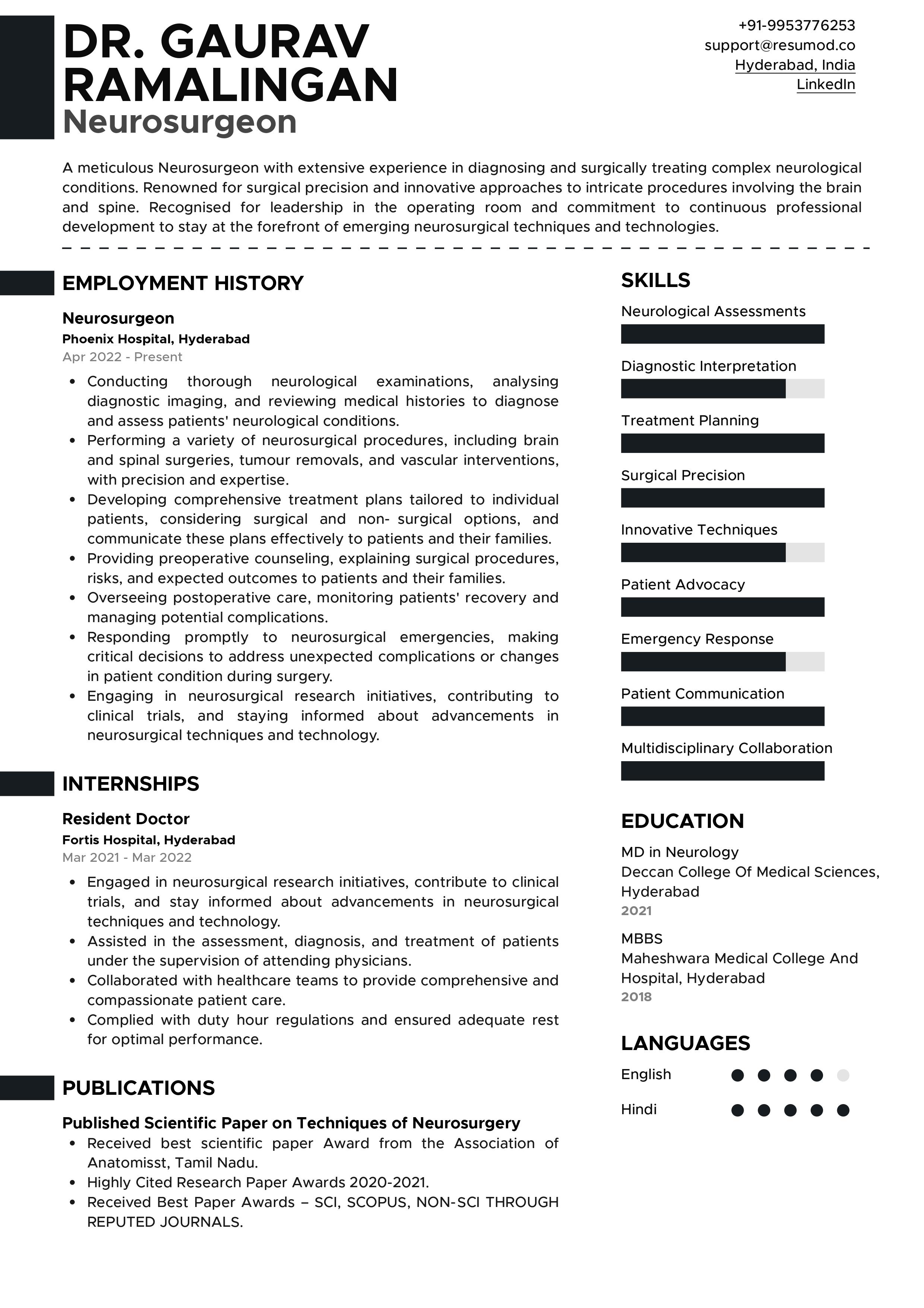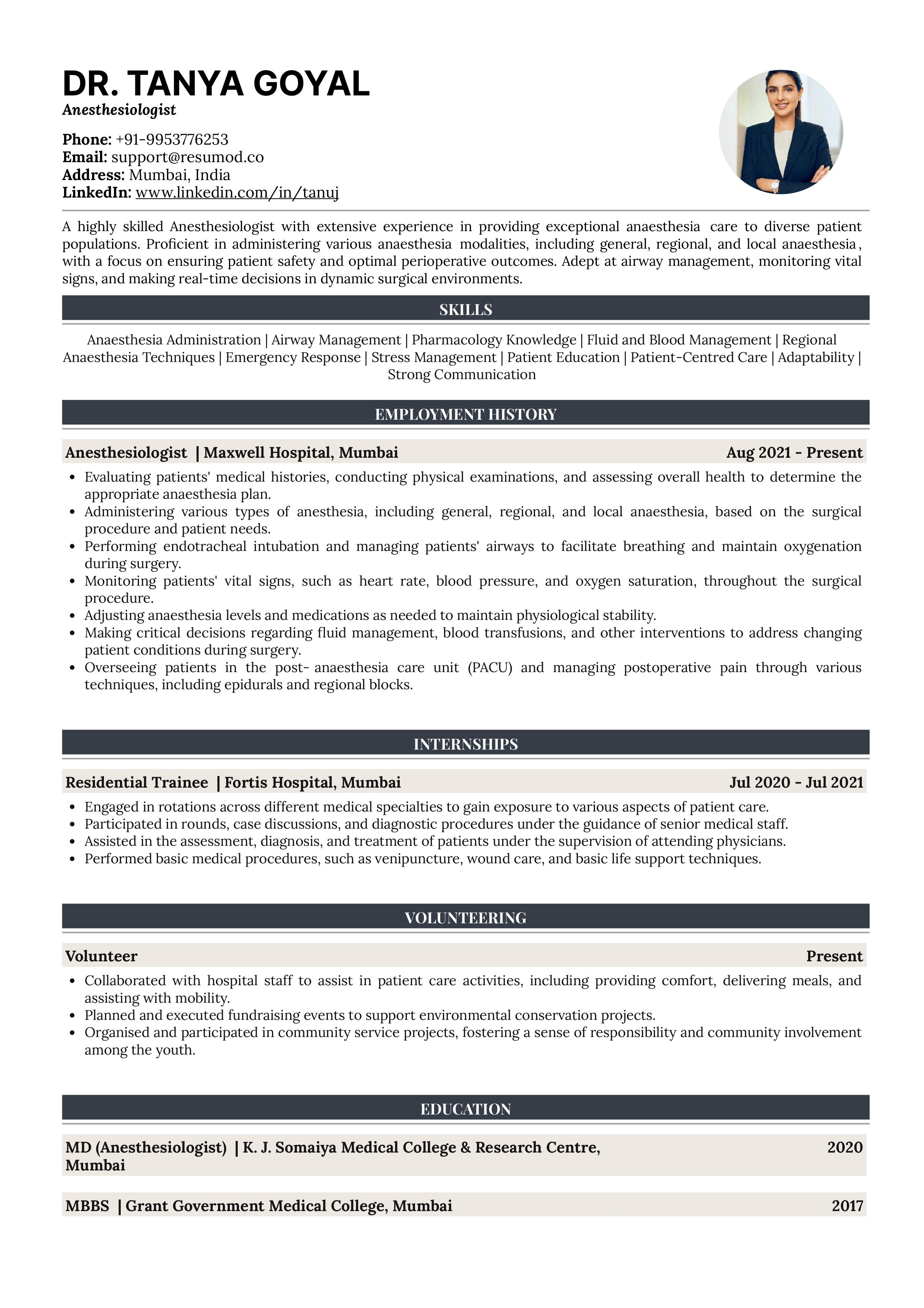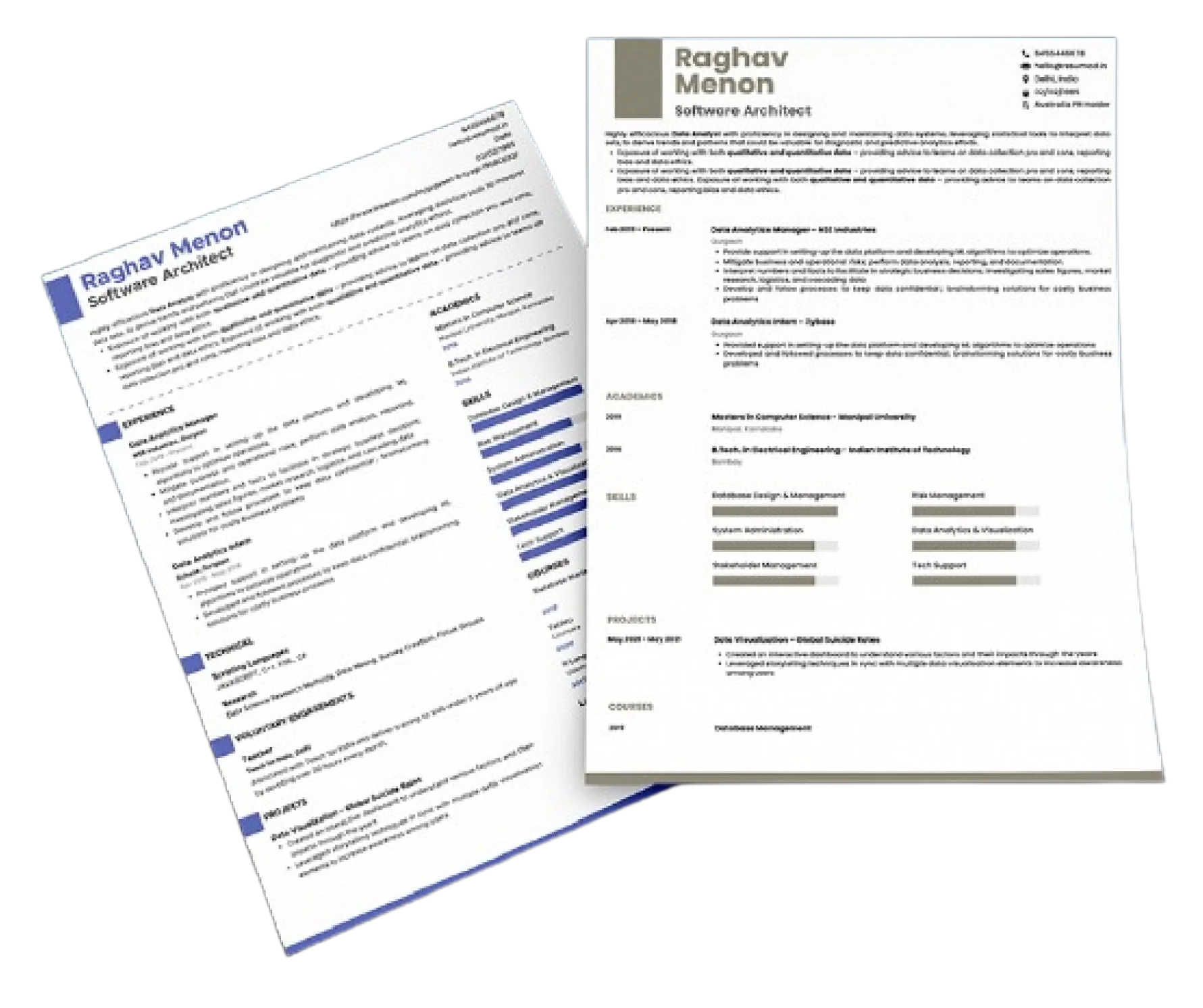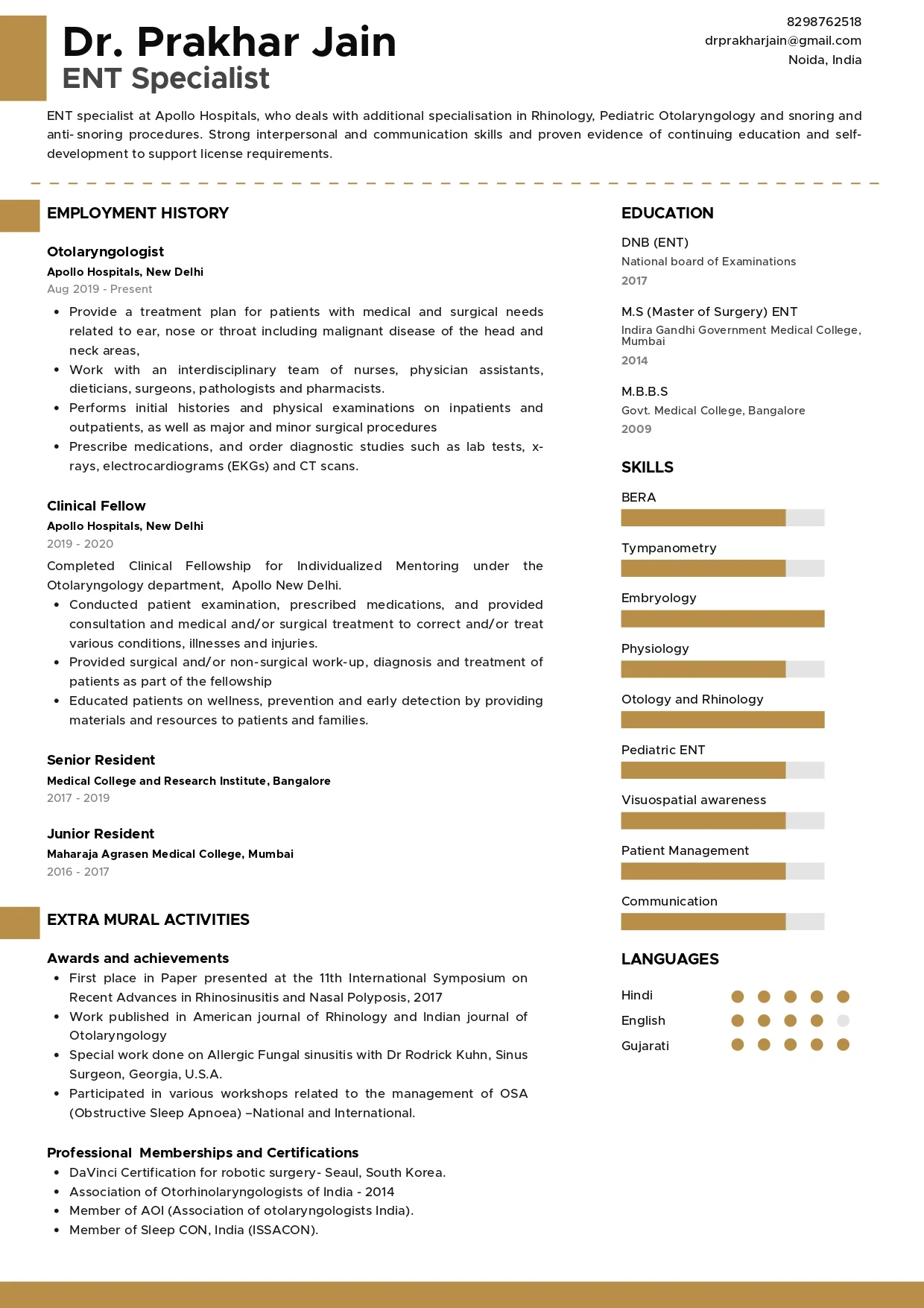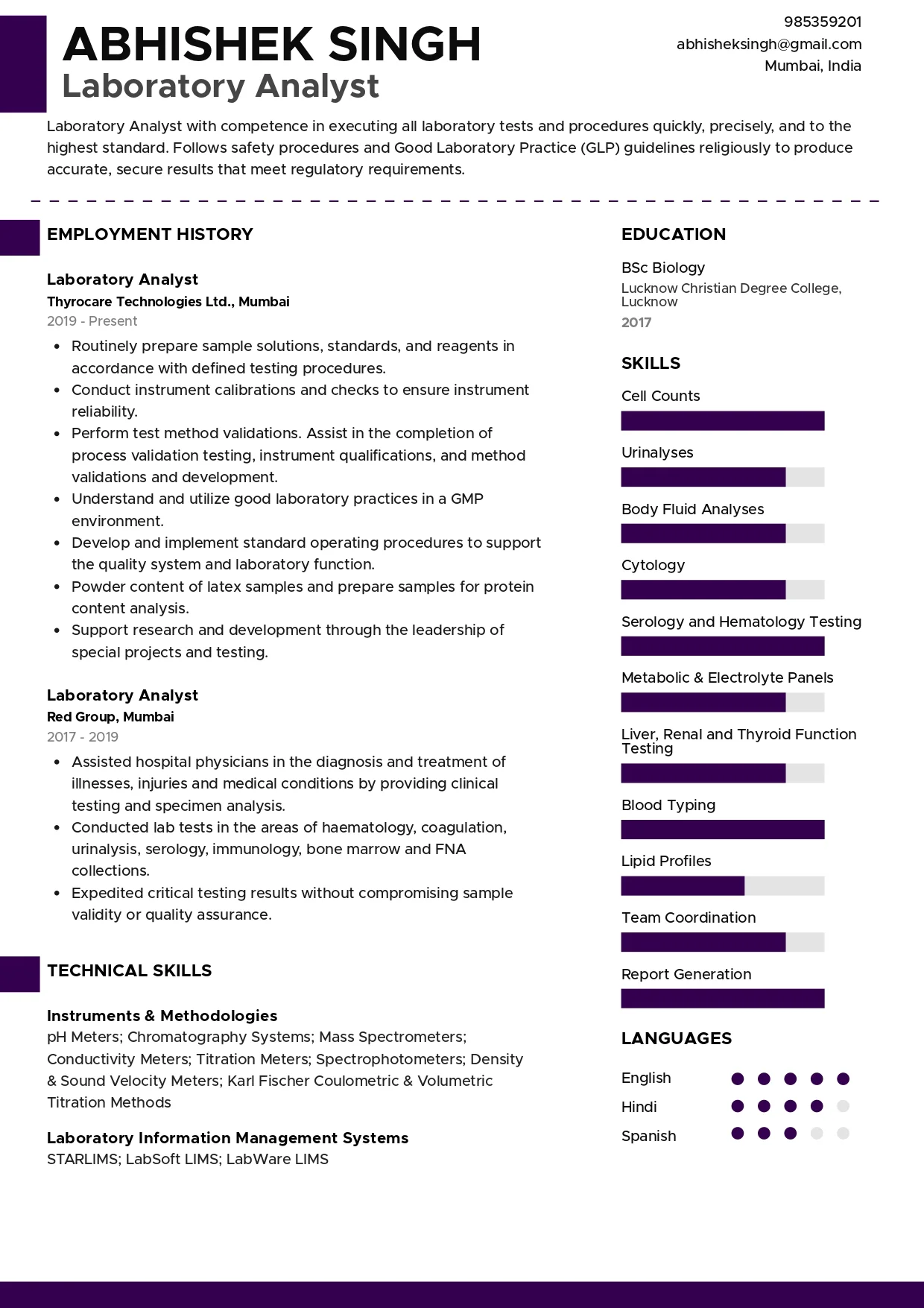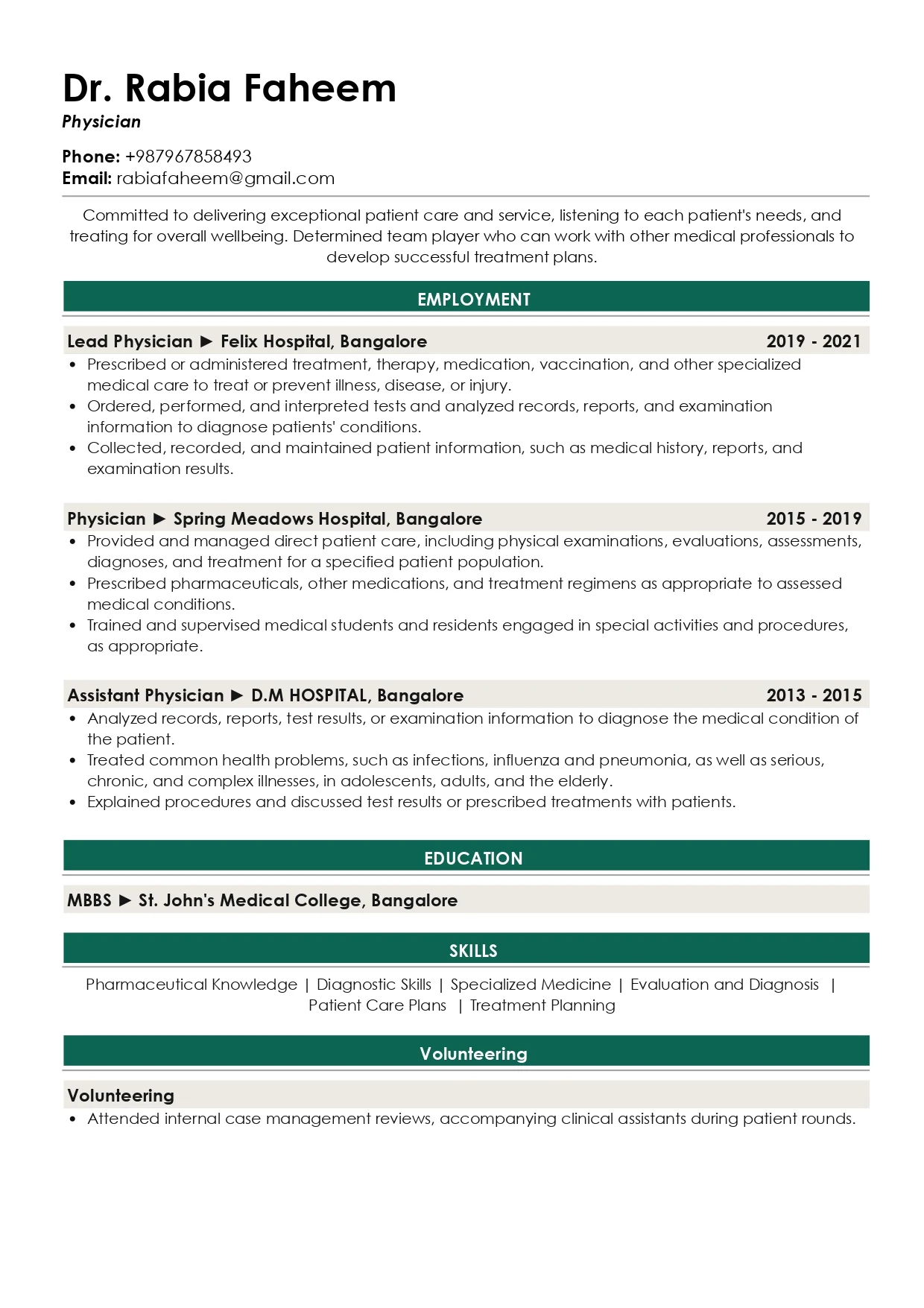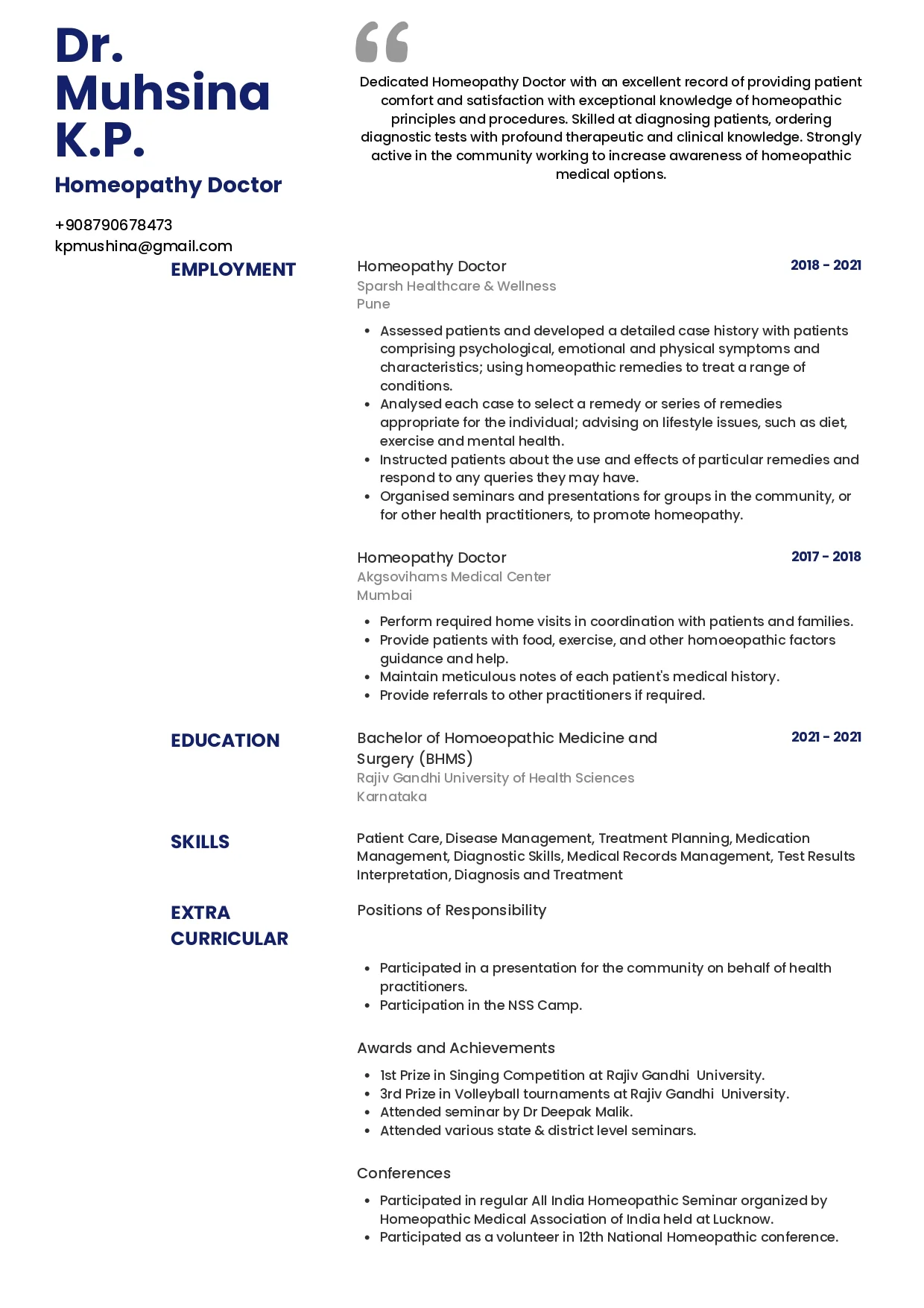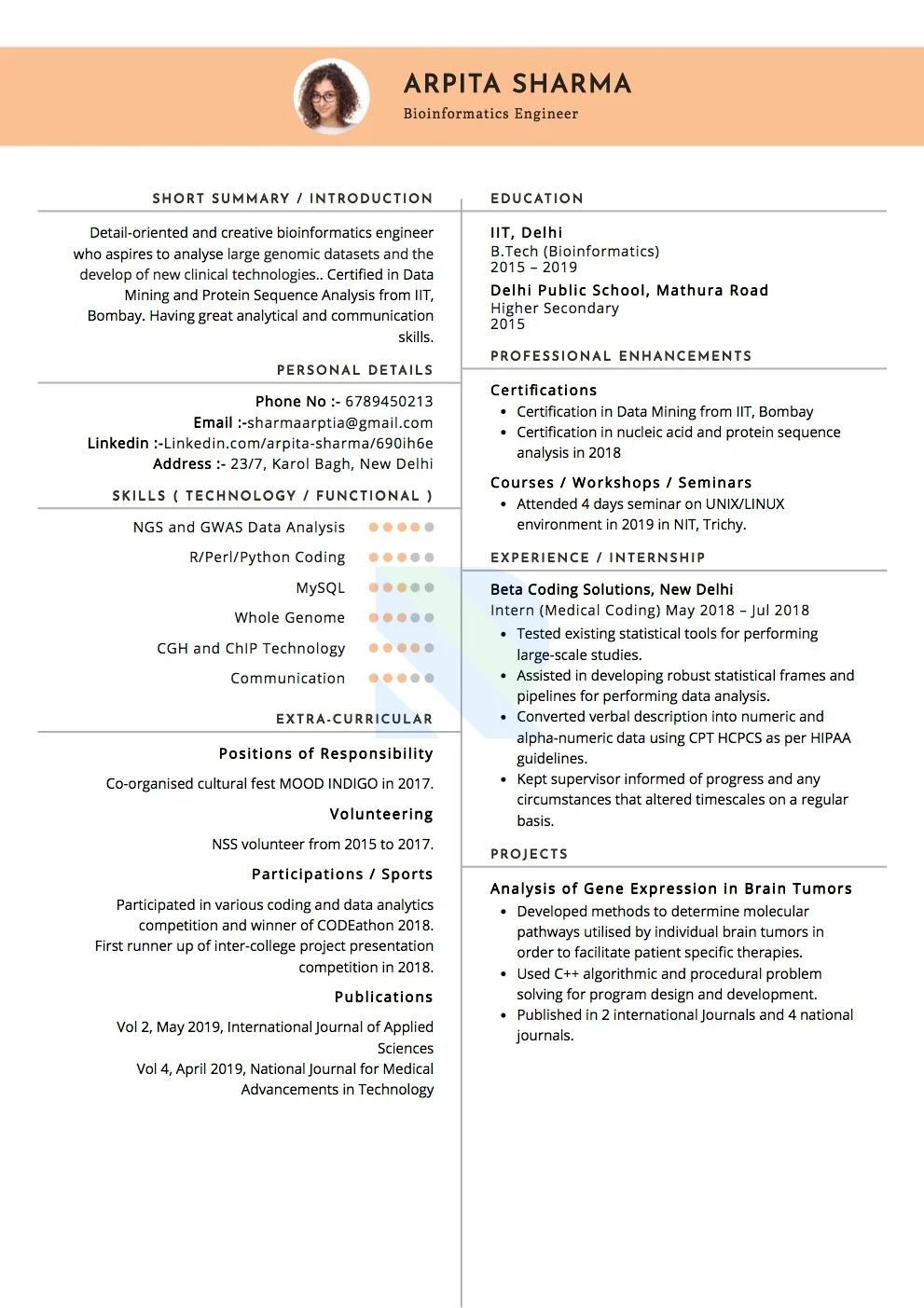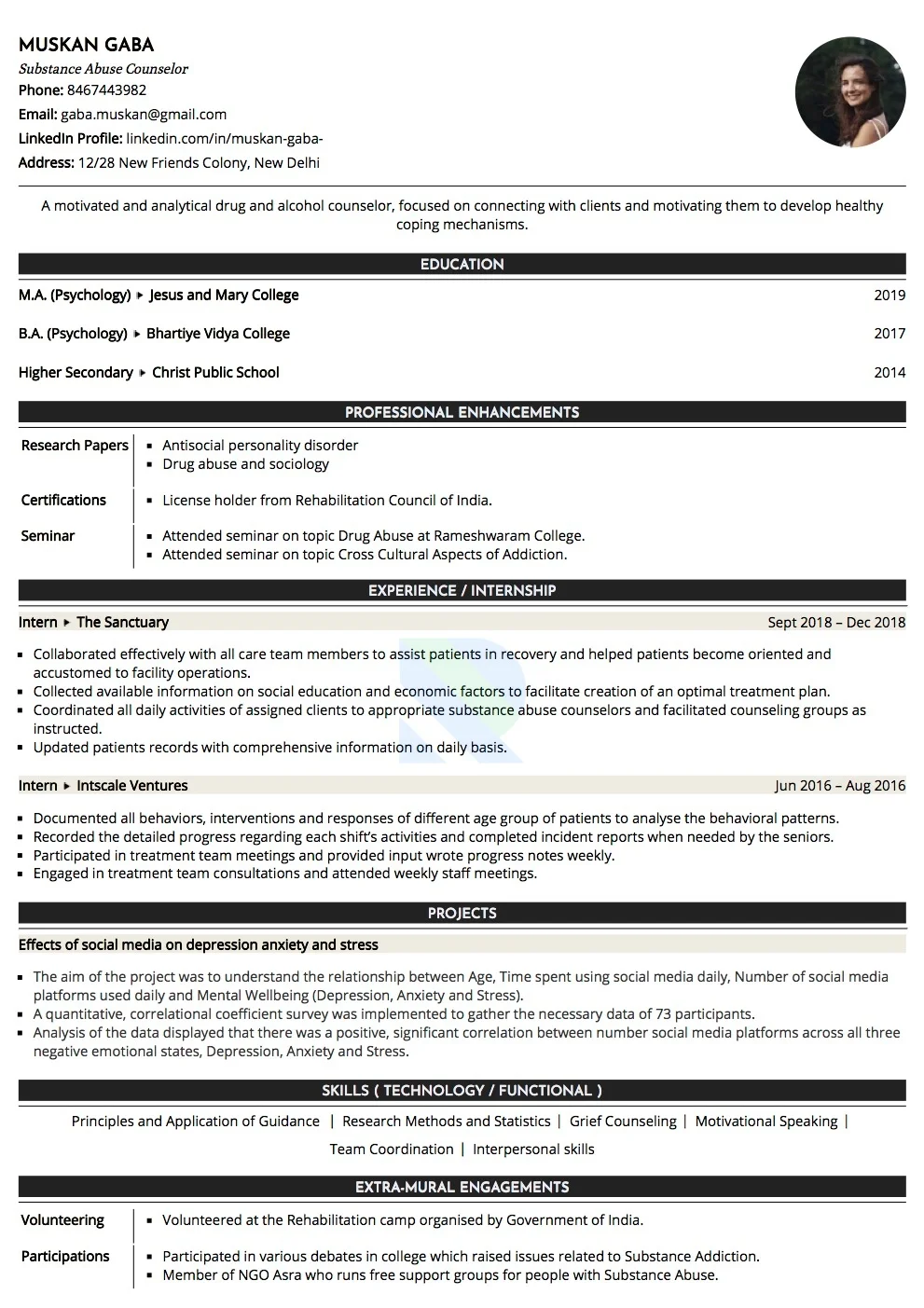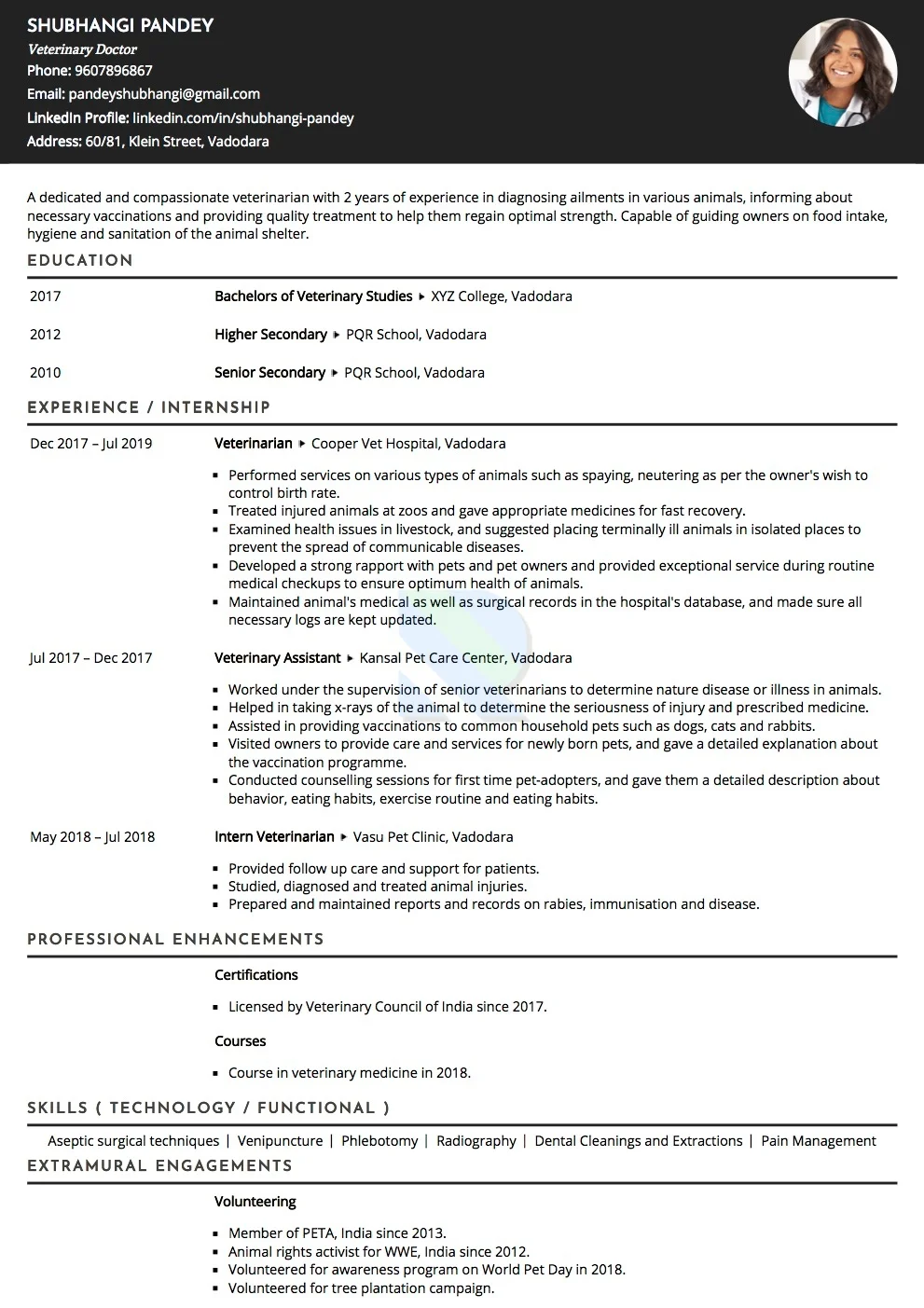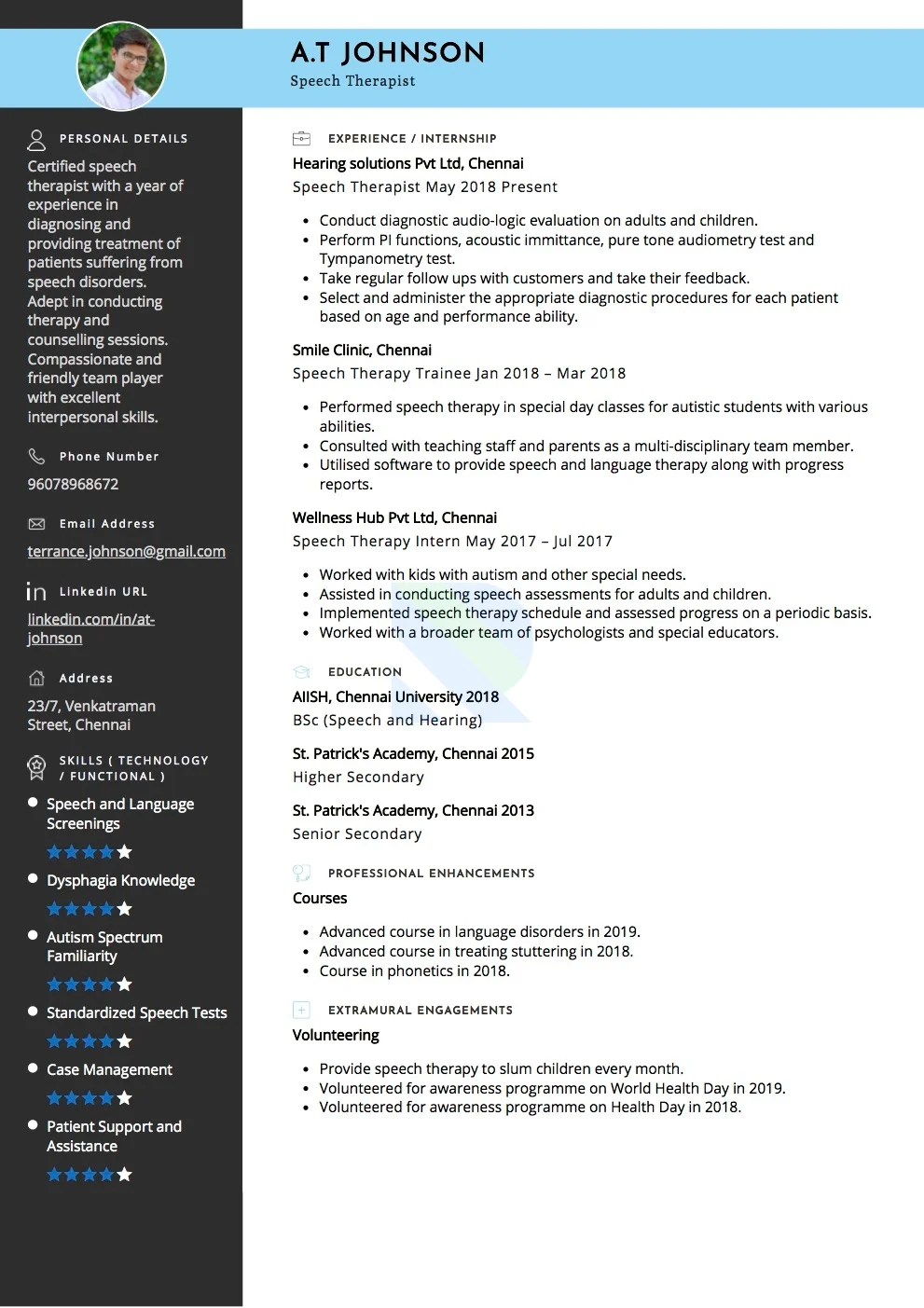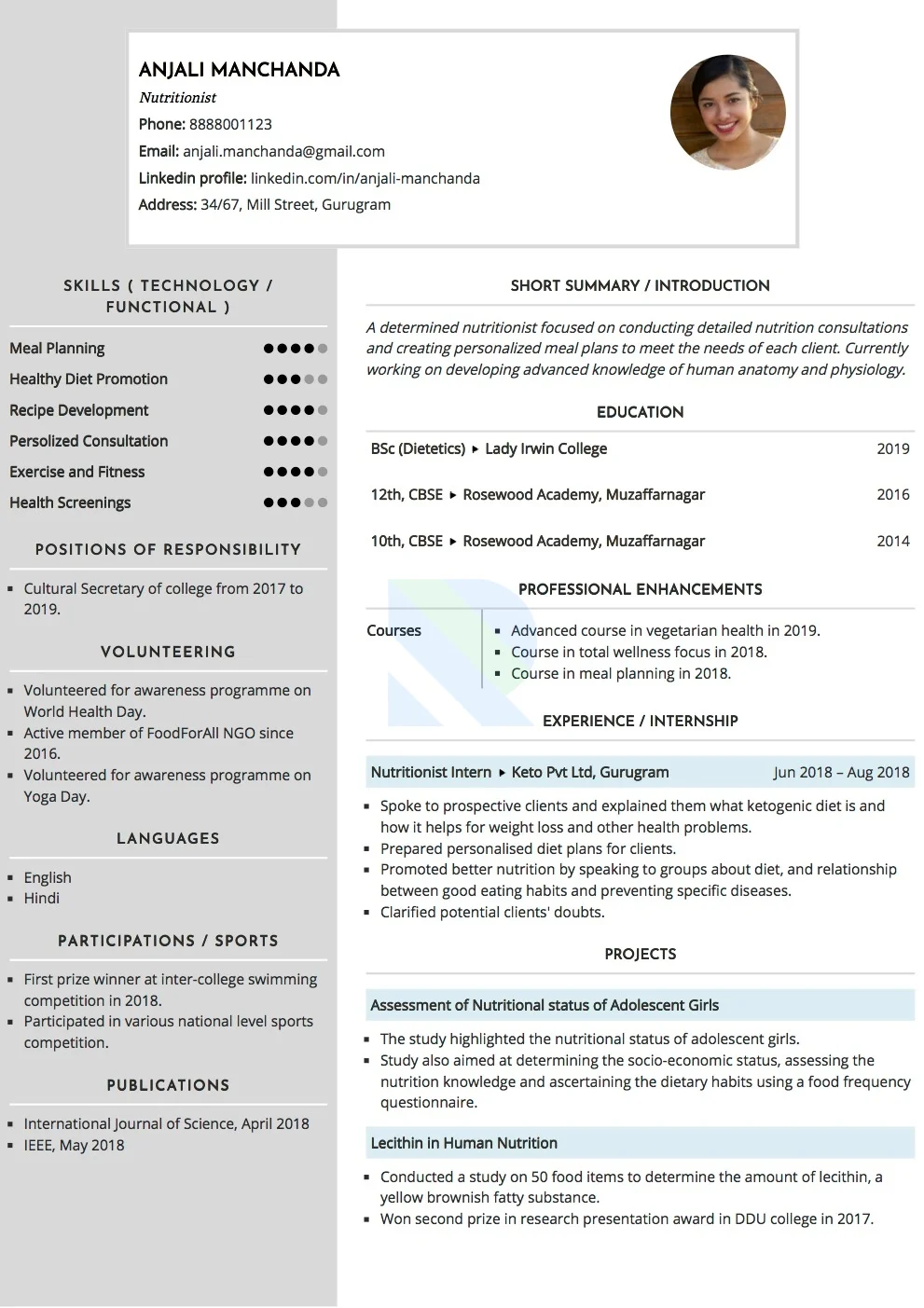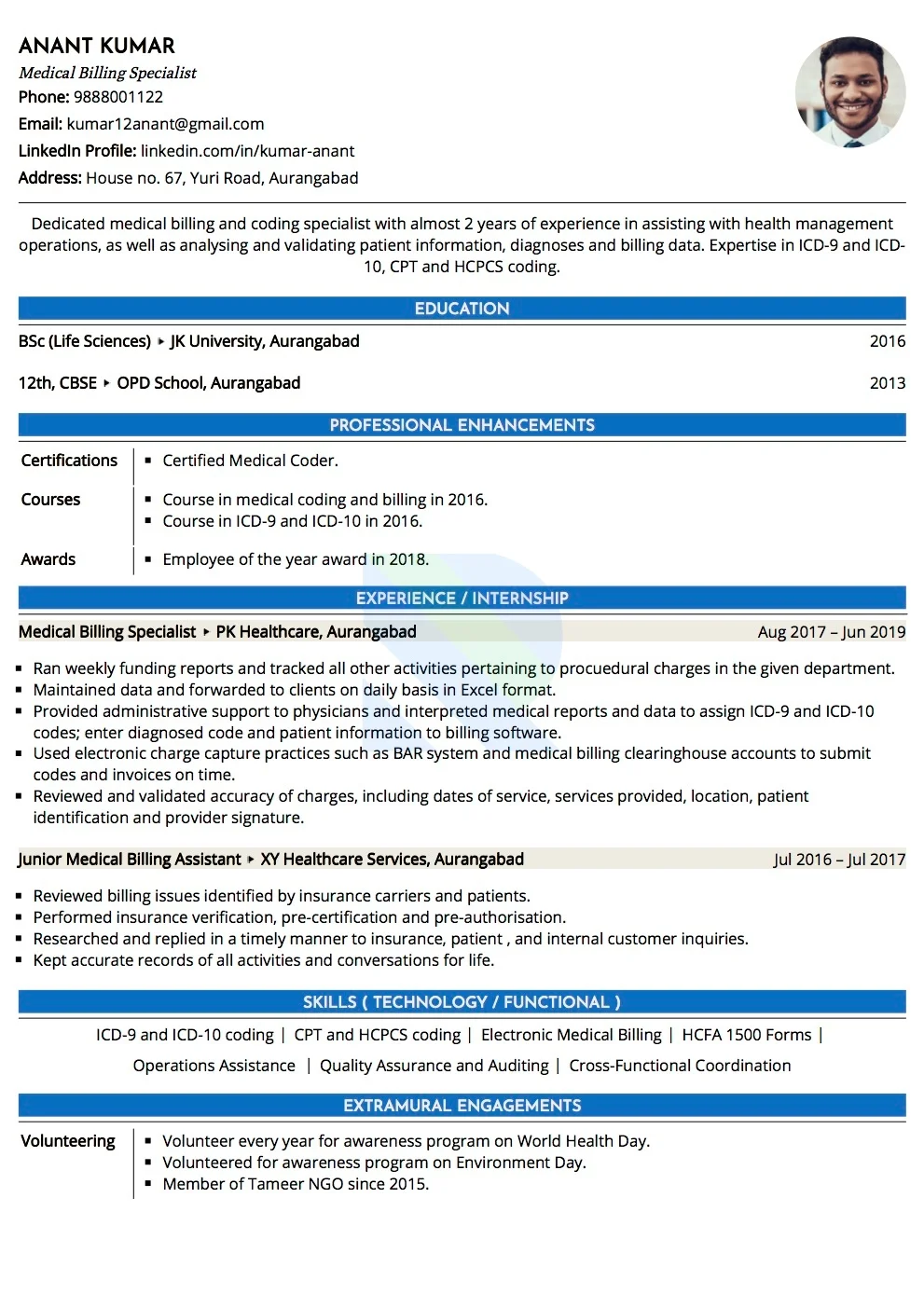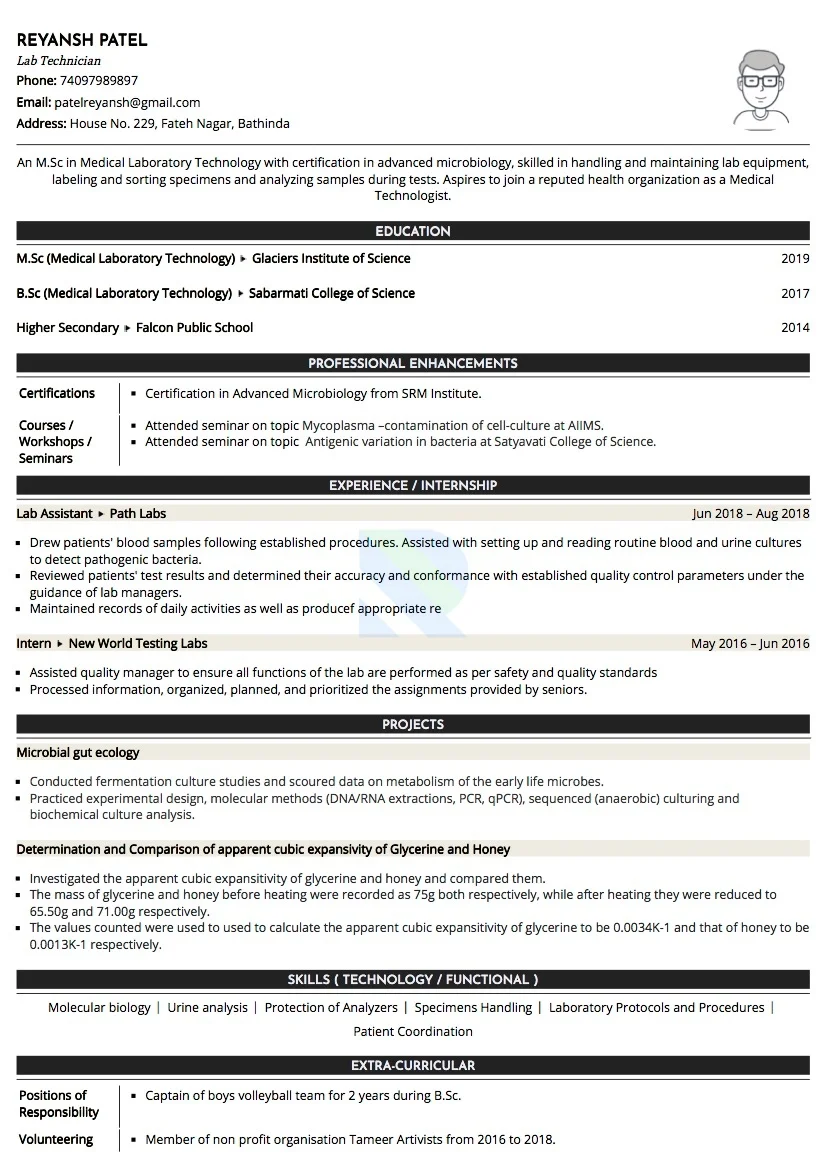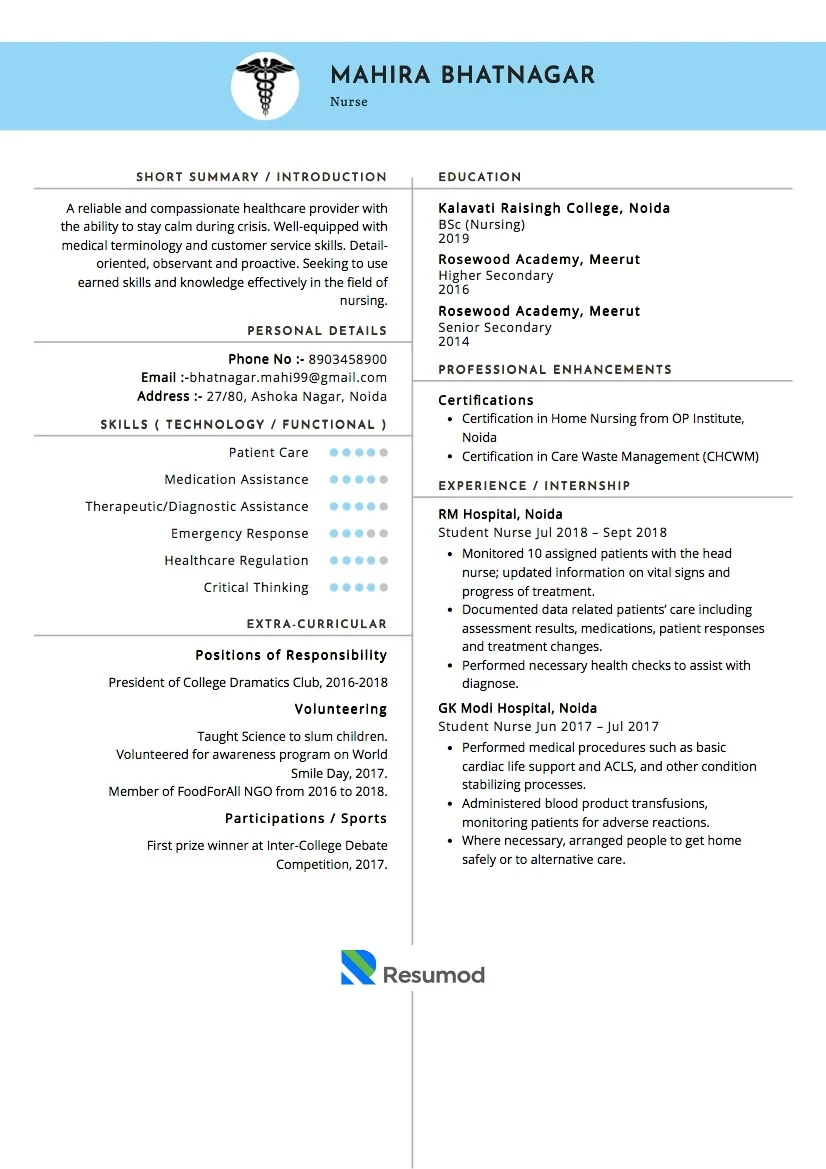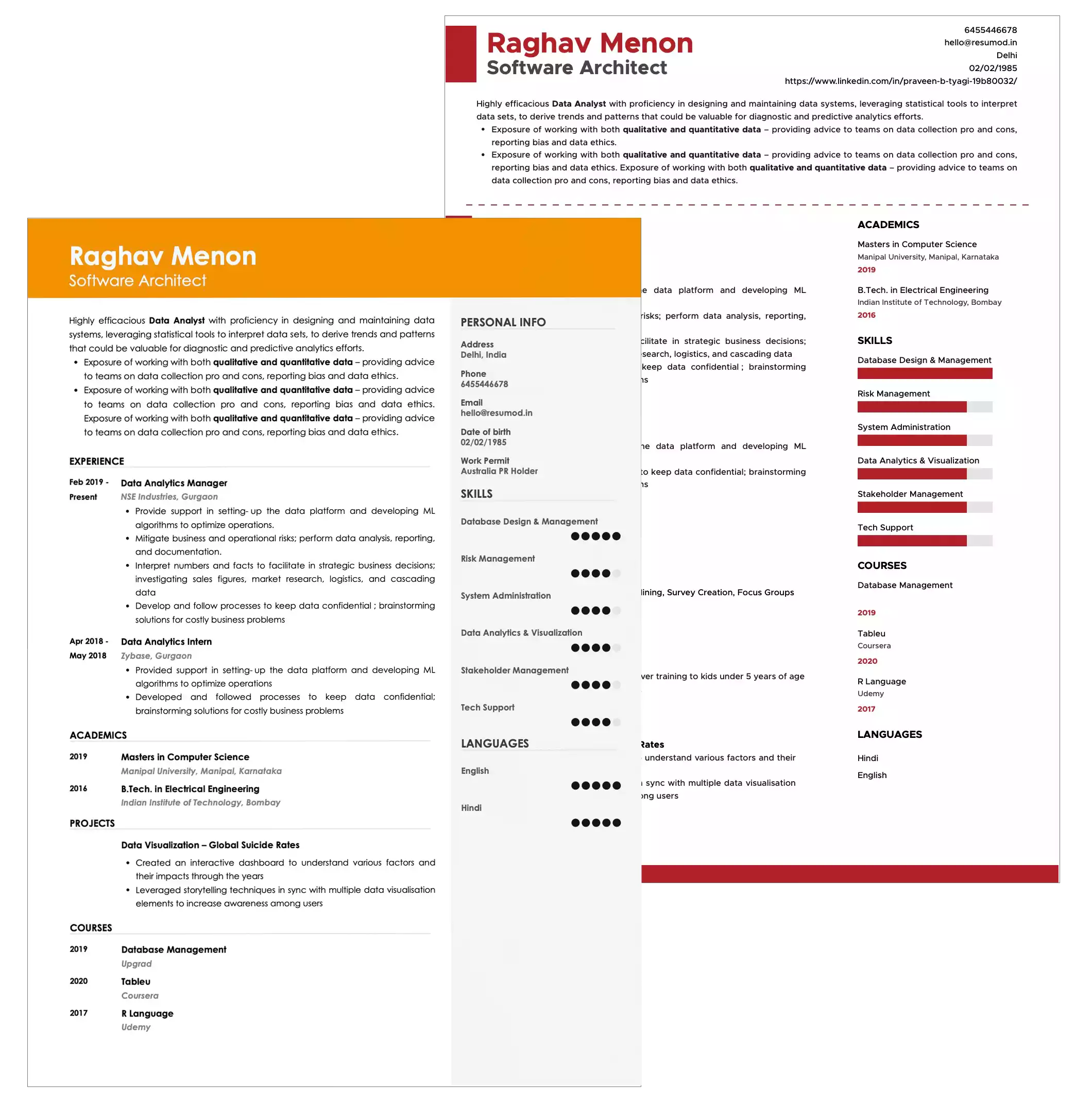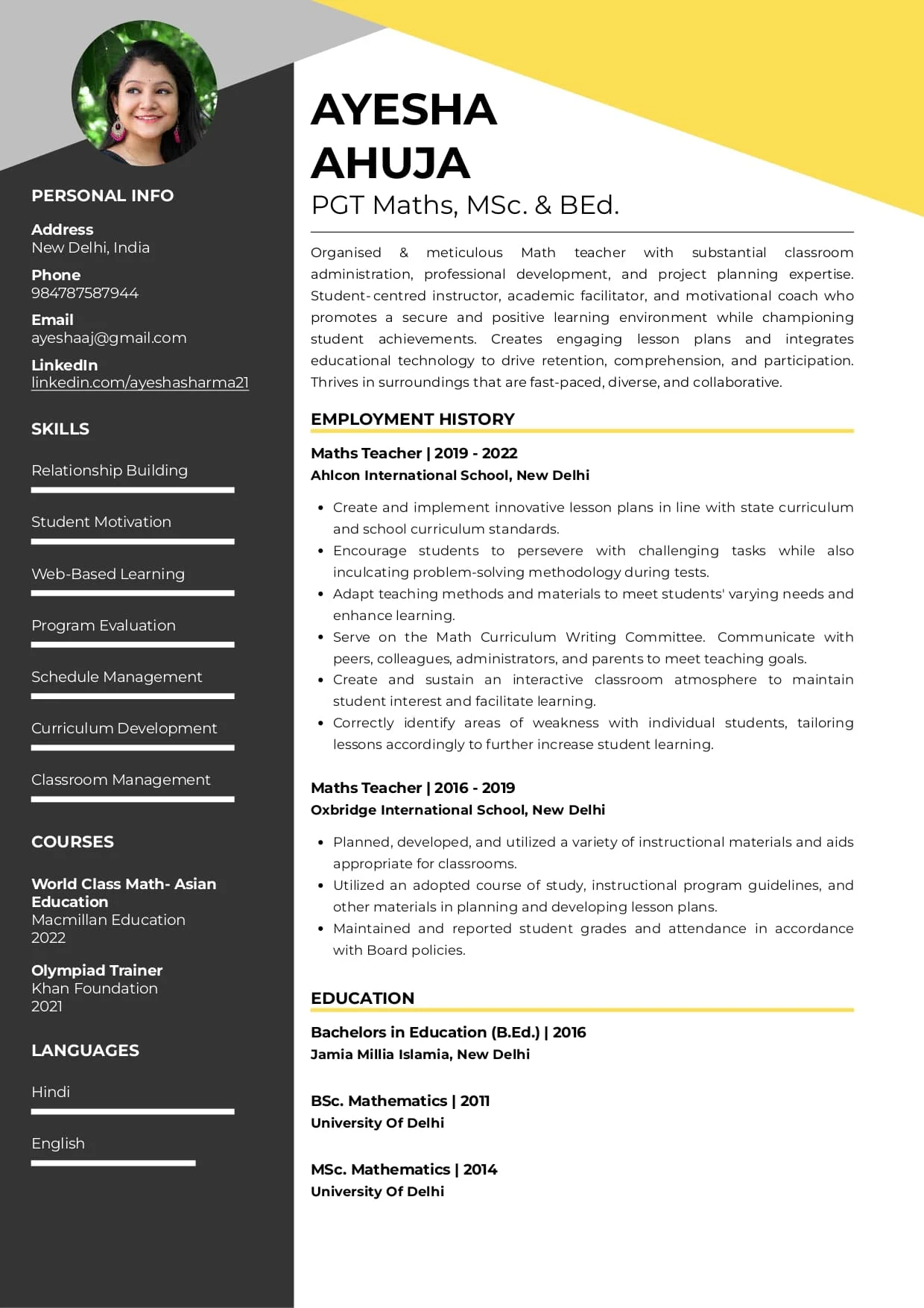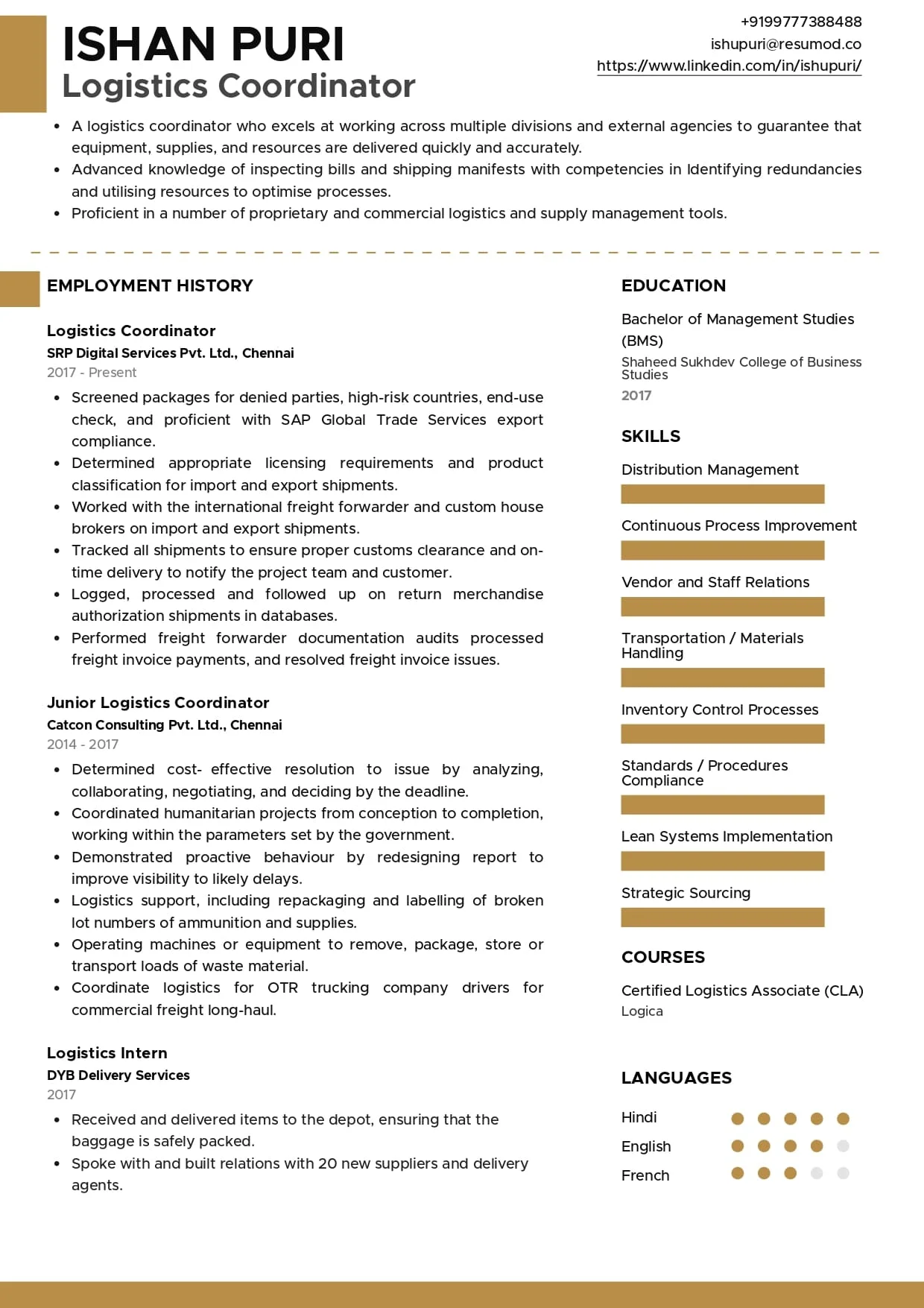HOW TO CHOOSE THE BEST RESUME TEMPLATE
Resumes for all profiles, industries, and level of experience are different. While going through our sample resumes, you will find that some may not resemble your job role exactly. For instance, you may be a construction engineer with additional responsibilities of a construction project manager. Both resumes will have different skills, one will focus on the core skills of construction engineering and the other will focus on people and vendor management. So, when you browse a resume sample, keep in mind the role for which the resume has been made. Skills and bullet points that interest you, might be available in another resume from the same industry. If you don’t find a resume of your choice don’t worry, we keep updating our sample resumes every few days.
Resume Templates
Resume Templates are a good starting point if you are wondering how to get a decent resume for yourself. Mostly, resume templates, especially the free ones are standardized and developed for a wider audience. If you are looking for something specific, you will need to customize it as per your role. Also, when you search resume templates, check those that are specific to your profile. This will give you how your resume will actually look and what you can put in your resume. Whichever resume sample you follow, be sure to stay consistent with bullet points, periods, capitalization, spelling, and overall structure of the entire document. This shows your attention to detail, which is important for every role.
Resume Layout
Before you finalize a resume layout, put yourself in shoes of the hiring manager, and gauge what sort of resume would you prefer? A well-spaced neat resume or a congested one. Also see what would you like to see on the top if you are the recruiter. Enlist a priority order of the sections that go in your resume, personal details, summary, experience, education, community contribution, awards, achievements etc. Look for a layout that has all the sections you require or has enough space for additional sections. While customizing, also check if the sections that you do not require can be removed.
Things to include in your Resume
Resume is a professional document charting out your career. It has to include things that you have achieved in your career, what you’ve learnt, what you are good at, and how can you help others with your skillset and competencies. So chose a resume template that has a professional headline to tell who you are, a summary to describe your core strengths in a nutshell, an experience section to tell what you do, and core competencies section for your skills. Education and personal details cannot be missed. Include an extra-curricular section in the end if you have to.
Things to not include in your resume
The best of resume samples will have elements like a photograph, a special section for portfolio, or even a section for family background. A photograph seems pleasing on the resume but it is not required by everyone. A YouTube content creator will need a photograph, because his appearance is a differentiating factor. But it is not required for an accountant or an operations manager. Check what works in your industry.
Portfolios and projects are either required by technical project managers or creative professionals like graphic designers. A front desk managers will neither have projects nor a portfolio of their work. Details like family background are not required. Skip them and add some relevant information like any courses you might have done recently. Do not put in everything than can be put in even if the sample resume layout seems promising. Usage of sections like extra-curricular and hobbies is subjective. They may be required if you are an entry level professional.
All the Resume Samples & Templates above have been created using Resumod’s Free Resume Builder.

